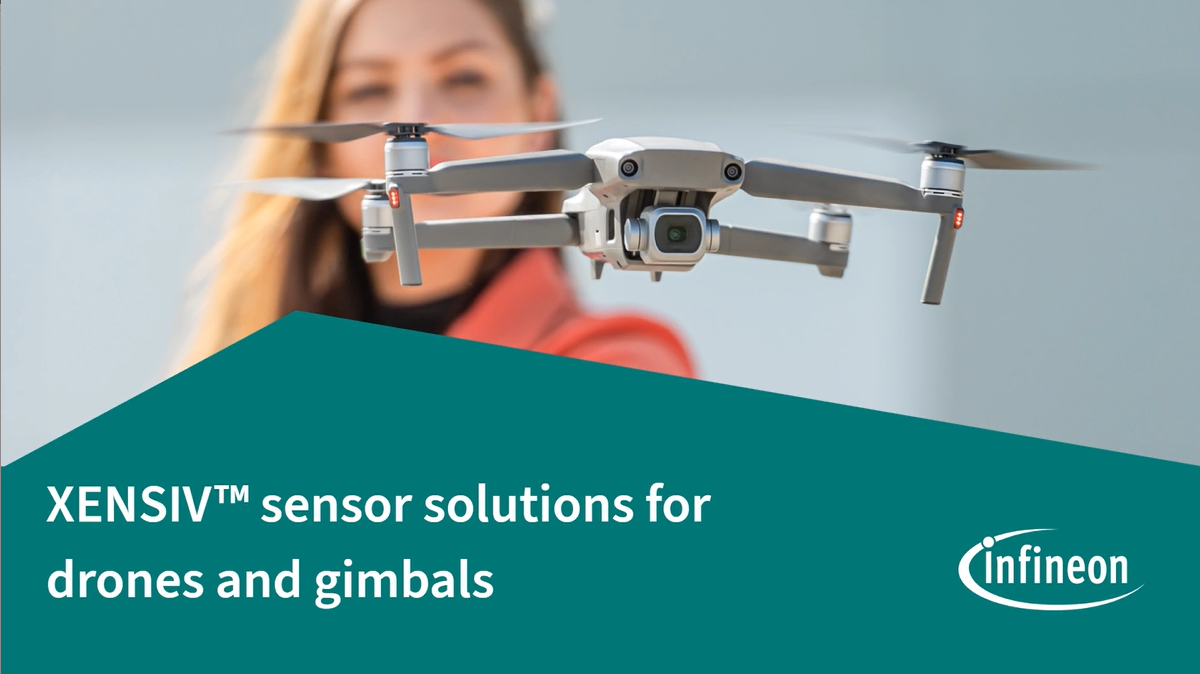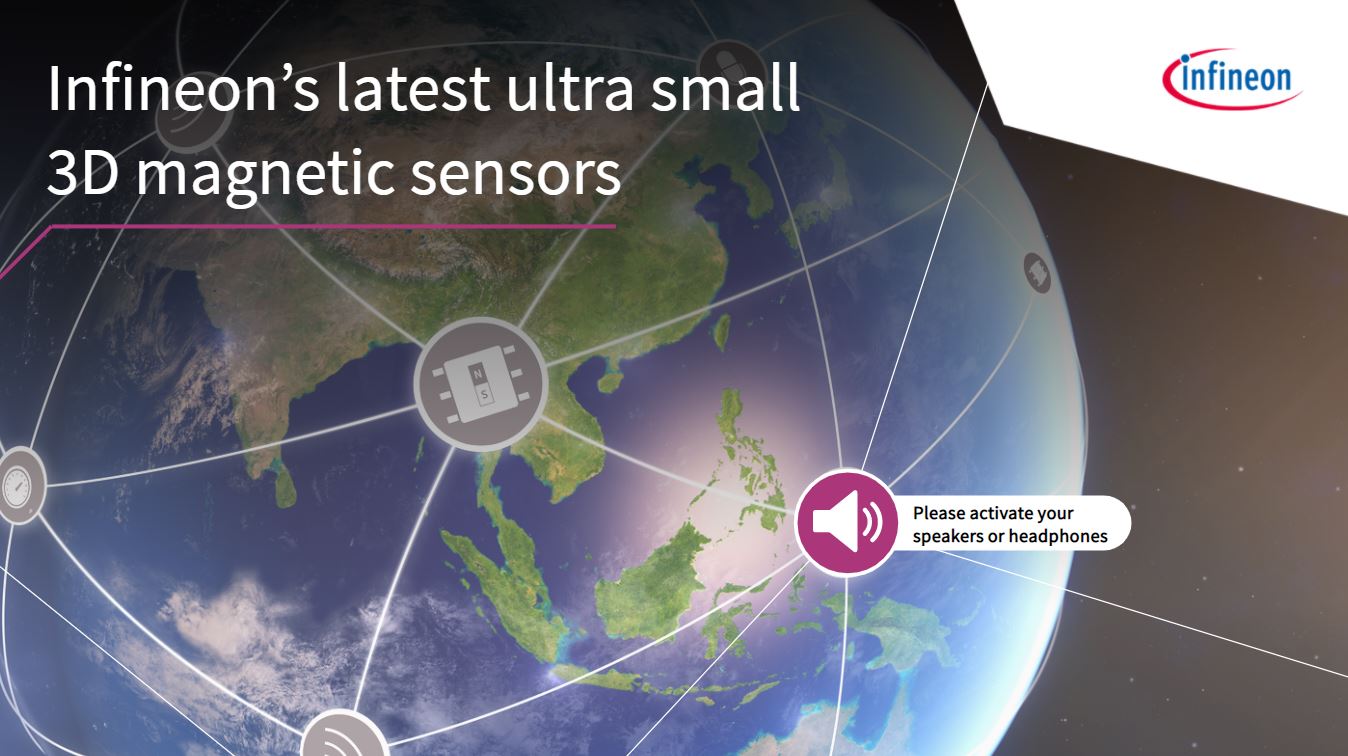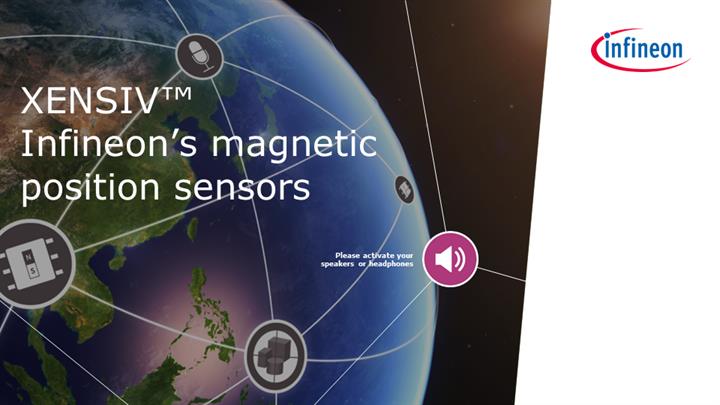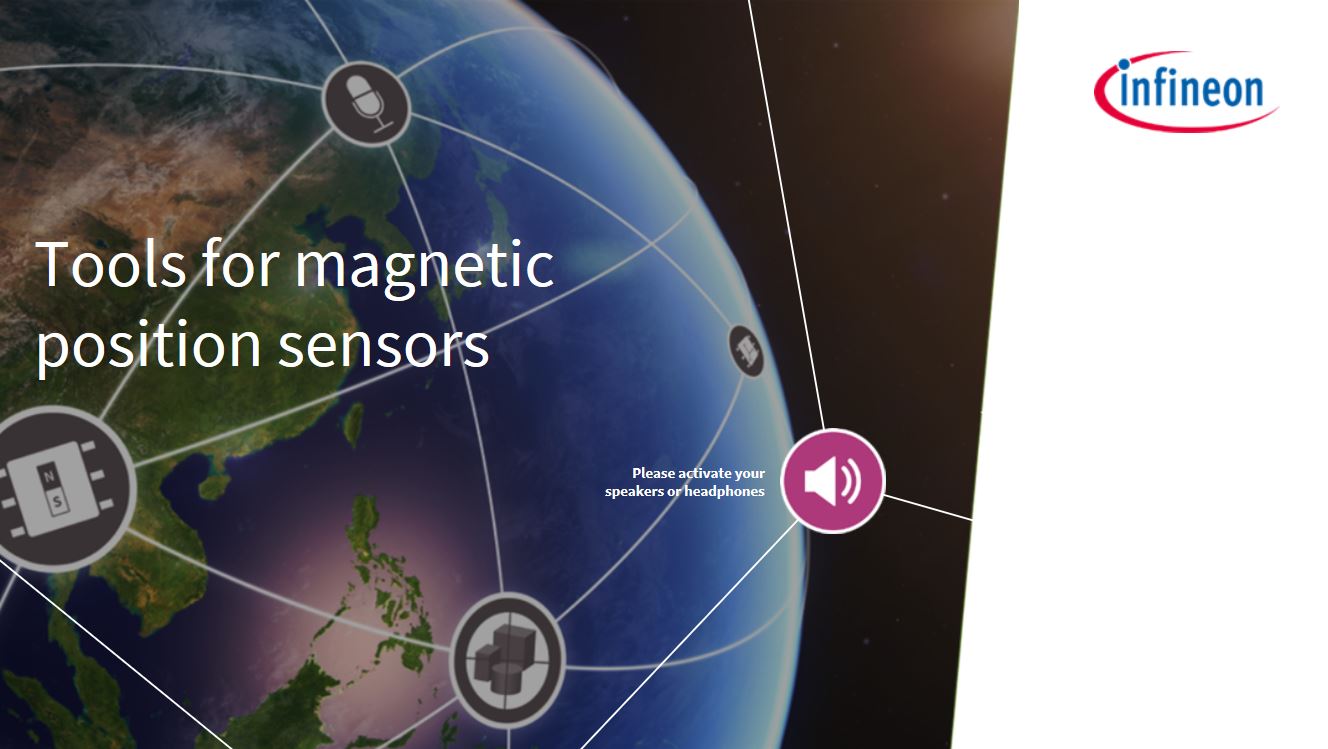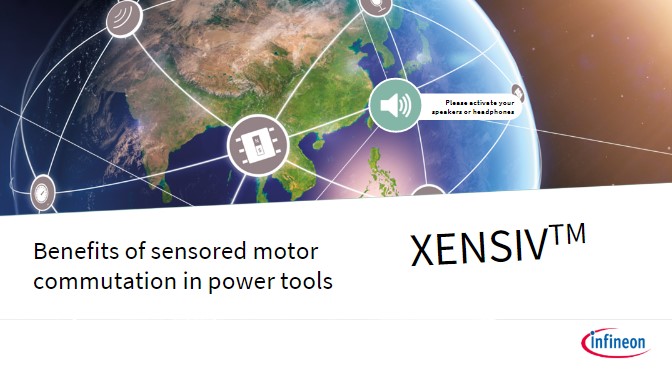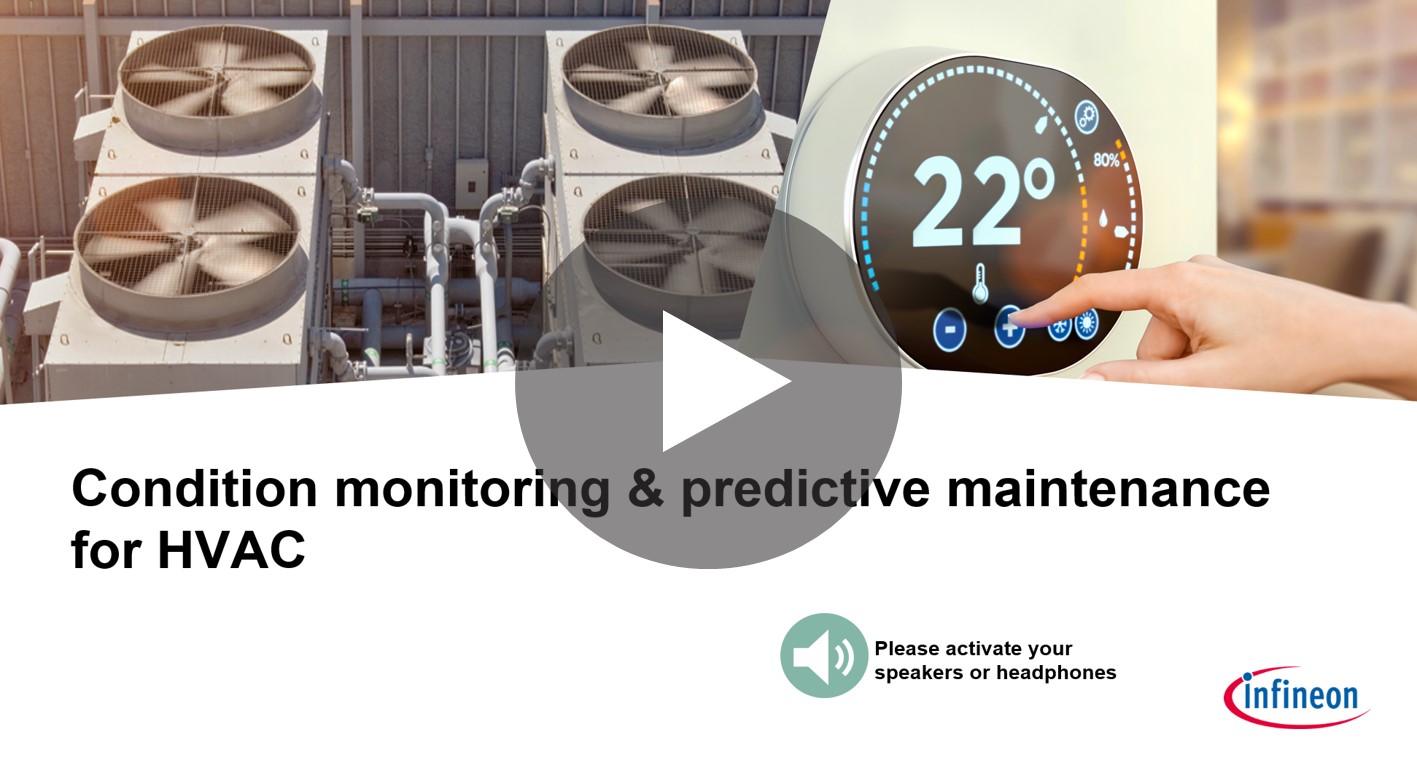3D magnetic sensors
Infineon’s broad range of 3D magnetic sensors for applications requiring compact, high-accuracy solutions with low power consumption
Infineon offers a broad range of 3D magnetic Hall effect sensors with features optimized for high-performance automotive, industrial, and commercial applications.
- High-accuracy
- Low power consumption
- Small package size
- Versatile temperature range
- Suitable for various applications
- Different sizes available
Broad range of compact, high-accuracy 3D magnetic sensor solutions
A 3D magnetic position sensor is a valuable device that can detect the strength of a magnetic field on x-, y-, and z-axes. It can measure three-dimensional, linear, angular, and rotational movements and transmit the data via an output interface. 3D magnetic sensors can provide accurate measurements and only require a small amount of power to operate. Infineon offers 3D magnetic Hall effect sensors specifically designed for use in automotive, industrial, and commercial applications. Found in everything from gear shifts and joysticks to power tools and smart home appliances, we offer a broad range of sensors with features optimized for high-performance applications with respect to price and size. All products in the Infineon 3D Hall sensor family feature a small package, ultra-low-power mode for low power consumption, as well as a standard 2-wire digital I²C interface. Additional features of our 3D sensors include a versatile temperature range, availability in various sizes, including a miniaturized version for compact applications, and 3D magnetic flux density sensing of ±160 mT.
3D magnetic Hall effect sensors featuring Hall technology
3D position sensors are also known as 3D Hall effect sensors because they operate using Hall technology. The Hall effect, a longstanding method of magnetic field measurement, achieves measurable voltage by placing a magnet perpendicular to a flat conductor. Charge carriers – which carry current throughout the conductor – get disrupted by the magnet’s magnetic field, and their protons and electrons jump to opposite sides. With the positive and negative charges separated, a meter can quantifiably measure the conductor’s voltage. A 3D Hall-effect position sensor linked with a magnet relays signals when the magnetic field’s power changes. Whether for determining proximity, angle, or rotation, changes to the magnetic field’s strength indicate position changes or abnormalities to the magnetic sensor via the Hall effect, which then get sent to the operating system.
Offering low power consumption and accurate magnetic field measurement
Infineon XENSIV™ TLI493D-W2BW and TLV493D-A2BW 3D magnetic Hall effect sensors offer particularly low power consumption, a compact footprint, and high-accuracy magnetic field measurement. With its small WLB package dimensions (1.13 mm x 0.93 mm x 0.59 mm), TLV493D-A2BW is a miniature sensor suitable for system designs with low space requirements, such as wearable devices and household products. With a low quiescent current of 7 nA in standby mode, this tiny 3D magnetic field sensor can offer extended battery life and battery charging cycles.
On the other hand, Infineon’s new XENSIV™ TLI493D-W2BW 3D sensor is blazing trails across new industrial and commercial use cases, powering human-machine interfaces like joysticks, push buttons, and appliances, and bringing enhanced position control to robotics. Using similarly limited power and providing an extremely small footprint output, its neighbor the TLE493D-W2B6 3D magnetic sensor, contains a specific wakeup functionality that, by helping its overall system save power, proves especially valuable for battery-driven applications.
3D Hall sensors optimized for high-performance automotive applications
Infineon magnetic 3-axis Hall effect sensors are gradually seeing more and more usage in automotive, industrial, and consumer applications. In automotive applications, these sensors enable control in the passenger compartment as well as under the hood with three-dimensional measurement capabilities and high temperature range durability. The most common automotive use cases for 3D magnetic position sensors are in top column modules (TCM), gear sticks, and HDI functionalities such as scroll wheels, seat adjustment, and HVAC control. With linear magnetic range requirements that can be set up to ±160 mT, 3D sensors can also control elements for infotainment/navigation systems and multifunctional steering wheels.
Used in wearables, smart home products, factory robots, and more
3D magnetic sensors are also used in a number of industrial and commercial settings. Human-machine interfaces like joysticks and ergonomic push buttons rely on data generated by a 3D Hall effect sensor and magnet system. In labs and factories, 3D magnetic sensors allow for the precise control of robots and drones. They also bring anti-tampering protection to smart meters and have even made their way to individual products, now being used in domestic appliances, power tools, and wearable electronic personal care devices.
Find information relating to the planned long-term availability of semiconductor products “Longevity” for Sensor products.
Download gallery documents
Fast finder
Welcome to our new interactive sensor selection tool, designed to connect you with the best fit for your design as quickly and effortlessly as possible. Simply select the overarching industry (automotive or industrial/consumer) and drill down on the applications till you find your target use case. The selection tool will then tell you what Infineon XENSIV™ sensor is the best choice for your design. It couldn’t be easier.



